InterviewsAnthropologically Speaking
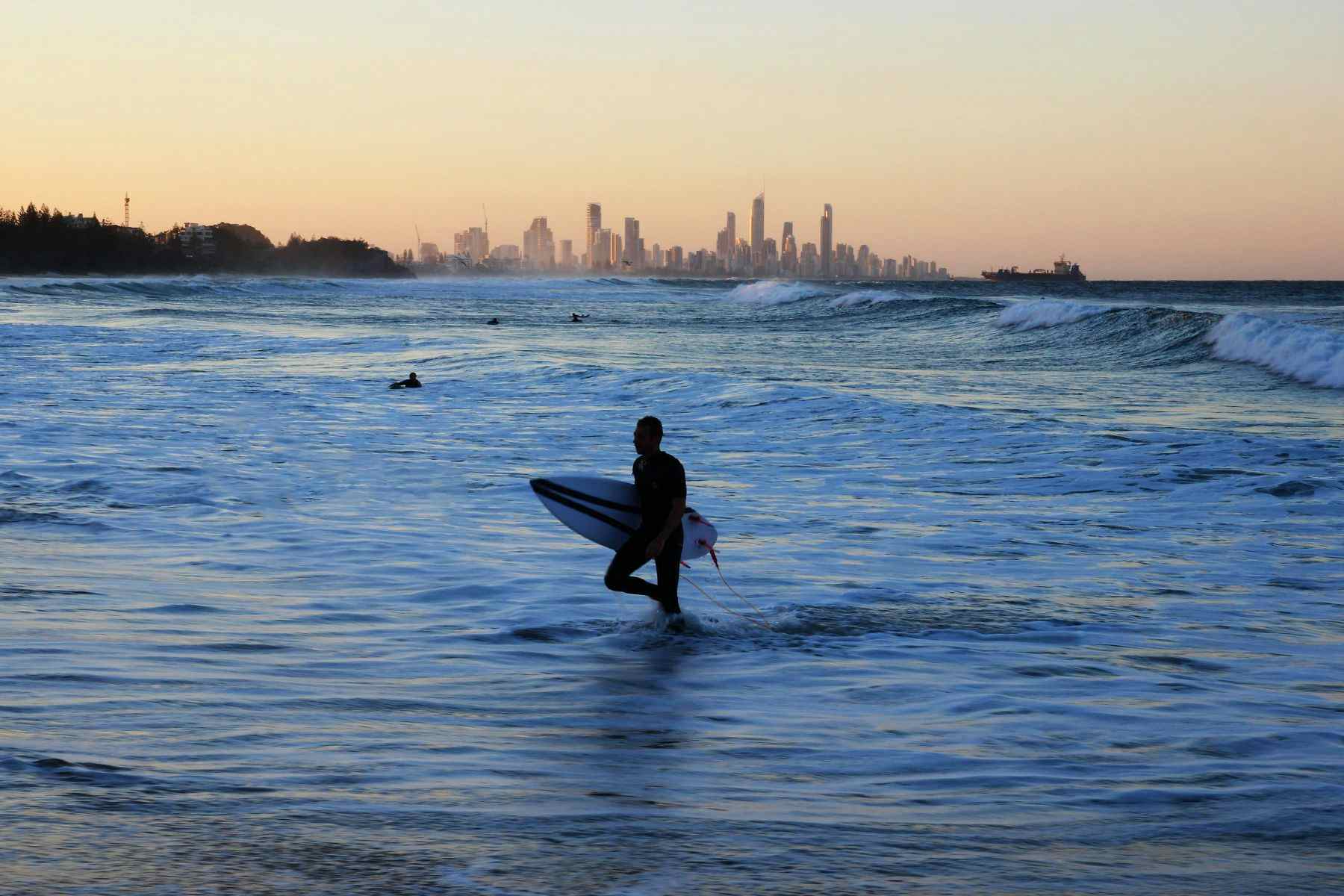
The Role of Surfing in Gold Coast Culture
Together with California and Hawaii, Australia – and in particular the Gold Coast – is a hub of the modern surfing lifestyle. It may not be the only place we look towards for emerging surf trends and talents – but it is still one of the locations where wider society looks towards for the underpinnings of what it means to “be a surfer”. Yet, behind this image so many of us are familiar with (even those who never stepped foot there), there is an intense and oft-invisible cross-pollination of elements and motifs at play.
In his latest paper, Living the Dream: Surfing as Cultural Heritage on Australia’ s Gold Coast, Dr Dario Nardini, a cultural anthropologist at the University of Milano-Bicocca, Italy, takes a deeper look into the minutiae that make the Gold Coast one of surfing’s Shangri-las.
“I am a cultural anthropologist, and as an enthusiast sportsman (I have been doing judo since I was a child) I’ve always been interested in “sporting cultures”, and in the analysis of physical activities and their meaning to the people involved.”
As someone who grew up in the Italian provinces, the closest Dario had ever got to surfing was the myth of Big Wednesday and his passion for skateboarding – which eventually led him to find out about surfing in Italy and take his second-hand 7’4 mini-mal to the Tuscan waves of Forte dei Marmi in Liguria. With the cost of getting down to the coast being high and the conditions in the Mediterranean not always paying off, he ended up shelving his plan to be a surfer. This dormant dream was then shaken back to life after studying a traditional form of wrestling that is practised in the French region of Brittany for his MA dissertation – an activity which, much like surfing in the Gold Coast, was strongly linked with the local history and Breton culture and “identity”.
“Studying the cultural representations of the relationship between humans and nature in surfing has been a “natural” evolution of my work. Being a surfing mecca, the Gold Coast looked like the perfect environment for undertaking ethnographic research on surfing culture.”
Surf Simply caught up with Dario to get some comments on the paper, which is part of a broader ethnographic study for his PhD studies conducted between July 2016 and December 2017. Readers who find this topic of interest are encouraged to follow the link at the end of this interview through to the paper for further reading.
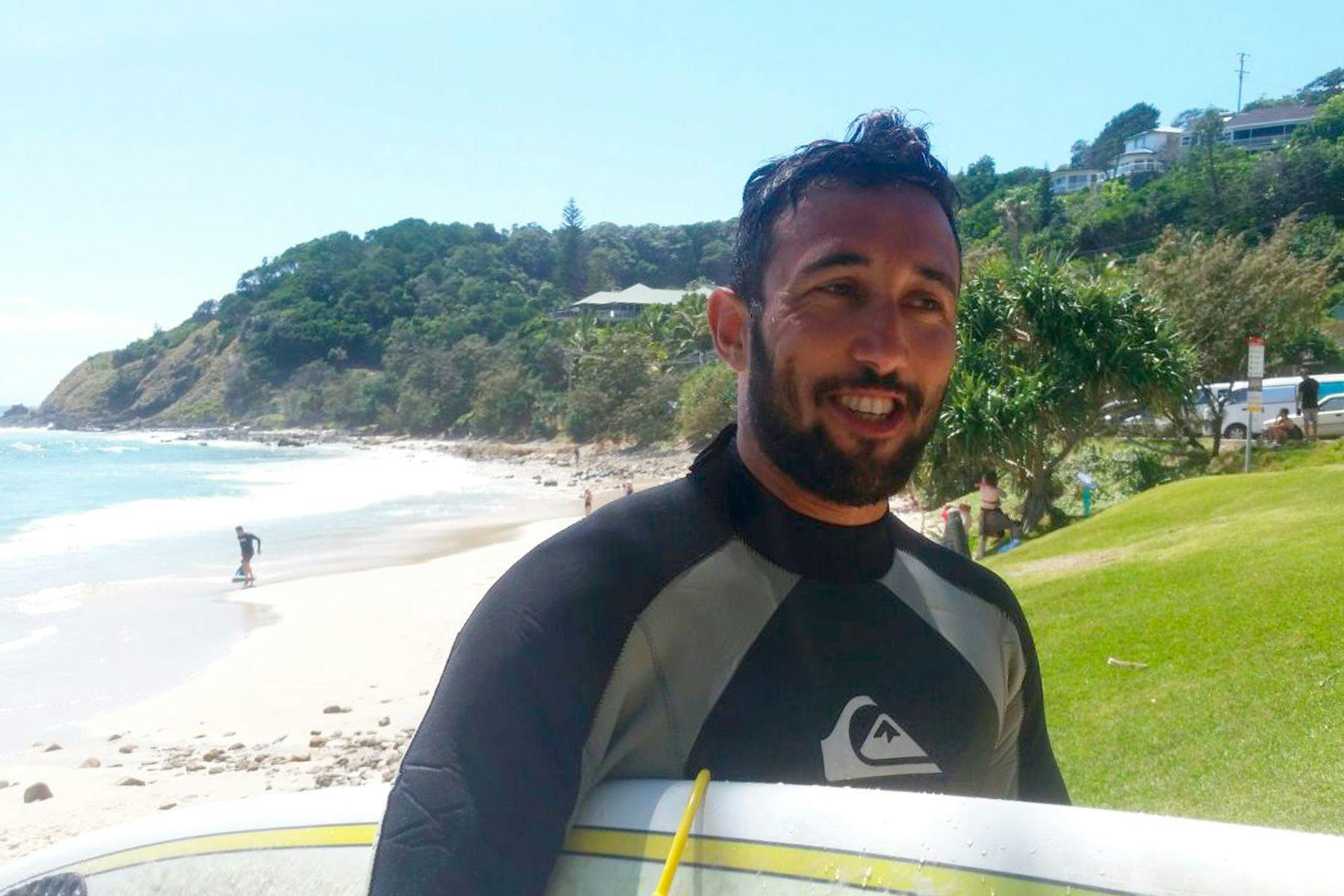
In the introduction to the paper you mention that surf culture on the Gold Coast is “a complex cultural system that partially reflects the social aspects of the city, such as its social mobility, its heavy reliance on tourism, its growing population and its multicultural composition,” and that “a multiplicity of local actors – surfers, residents, entrepreneurs and institutions – have continued to use surfing and local surfing history and narratives in their own ways and for their own distinctive purposes.” With that in mind, what would you say are some positive – and negative – repercussions of recognising surfing as such a definite part of a place’s cultural identity?
I would say exactly the same of other aspects of cultural identity. Here in Florence where I live, for example, the central part of cultural heritage is represented by history, especially the Renaissance history that has made Florence the European cultural capital for a while, and its products, that is, the Historic Center of the city, with its iconic squares, streets, churches, buildings, monuments and museums. Most Florentines are obviously proud to live in such a rich city in terms of art, culture and history. However, the objects that represent Florence’s cultural heritage constitute a conflictual field for different interests and purposes. In fact, the neo-liberal tourist industry constantly wants to exploit the local cultural heritage for commercial purposes, while the local City Council tries to rule this ungoverned market, and local residents claim their right to live and use a city invaded by tourists (and tourist facilities). The same happens to the hyper-crowded beaches of the Gold Coast, I reckon.
History is something that can be told differently, and different narratives legitimise different ways of being and living in the present. Accordingly, cultural heritage is something that can be productively used by different social groups, for many purposes, some of them being virtuous (the search for our past, for the values that have inspired our ancestors and for a legacy) or not (the unscrupulous and sometimes disrespectful economic exploitation and commodification of surfing or Florence’s monuments; the exclusive use of history to define an “integral” cultural identity and exclude other groups or people from it; and so on…). The value of cultural heritage to the local community is not given once and for all; it is instead a process – a conflictual process – of negotiation where different groups struggle to propose their view among the others. On the Gold Coast, surfing has been also used as a tourist attraction by the local stakeholders, and this is not always well received by the local surfing community. However, at the same time this has made surfing something “serious” and relevant not only for surfers, but also for local politicians, institutions and stakeholders. As a consequence, the voice of surfers and surfing institutions has become relevant to define surf and beach management policies. Of course, big economic interests can always set it apart, but in recent years, for example, surfers along with other residents have successfully rallied against the building of a massive cruise ship terminal, with hotels and a huge casino, saving them from private, potentially devastating economic interests.
During the course of the research, you volunteered at the Surf World Gold Coast Museum.
In cultural anthropology, the main research methodology is ethnography, that includes what we call “participant observation”. This means we need to establish deep “ethnographic” relationships with the people involved in our research and gain their trust. Volunteering at the Surf World Museum gave me great opportunities to get in contact with part of the local surfing community, and especially with the generation that has surfed in the glorious 1960s and 1970s (not many surfers from the new generations used to volunteer at the Museum). The guys there (most of them were men) told me a lot of interesting and amusing stories, and taught me a lot on local surfing history and culture. I am really grateful both for their help with my research and (especially) for their friendship.
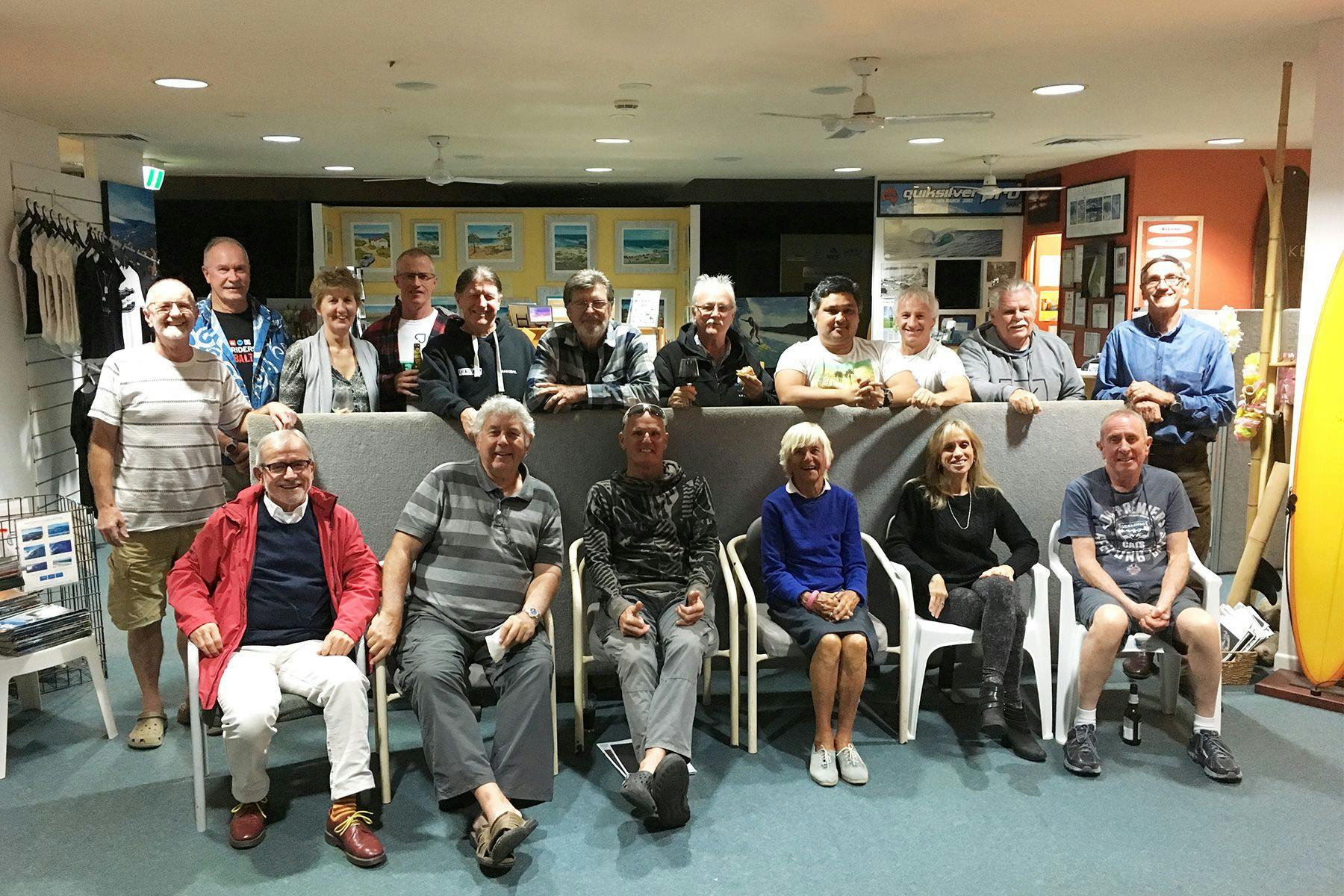
What was the most interesting or surprising piece of information about the Gold Coast that you came across?
There are many, and it is hard to choose one. Probably, one of the most interesting aspects for me was to discover the particular “Goldcoaster” way of living and enjoying the Ocean and the beach. Contrary to what most of us may believe, there is not one, universal and “natural” way of approaching the Ocean. In particular, as historians and social scientists have shown, the beach has not always been a place for leisure and relaxation (in Ancient times, for example, it was considered as a dangerous place), and the ways people enjoy the beach today have been socially and culturally defined in history. Australian people have developed deep, and distinctive, relationships with the beach, as the eminent historian Douglas Booth has showed in his book on Australian Beach Cultures. These dispositions have gained a peculiar nuance on the Gold Coast, and have deeply influenced the way Australian (and Goldcoaster) surfers developed.
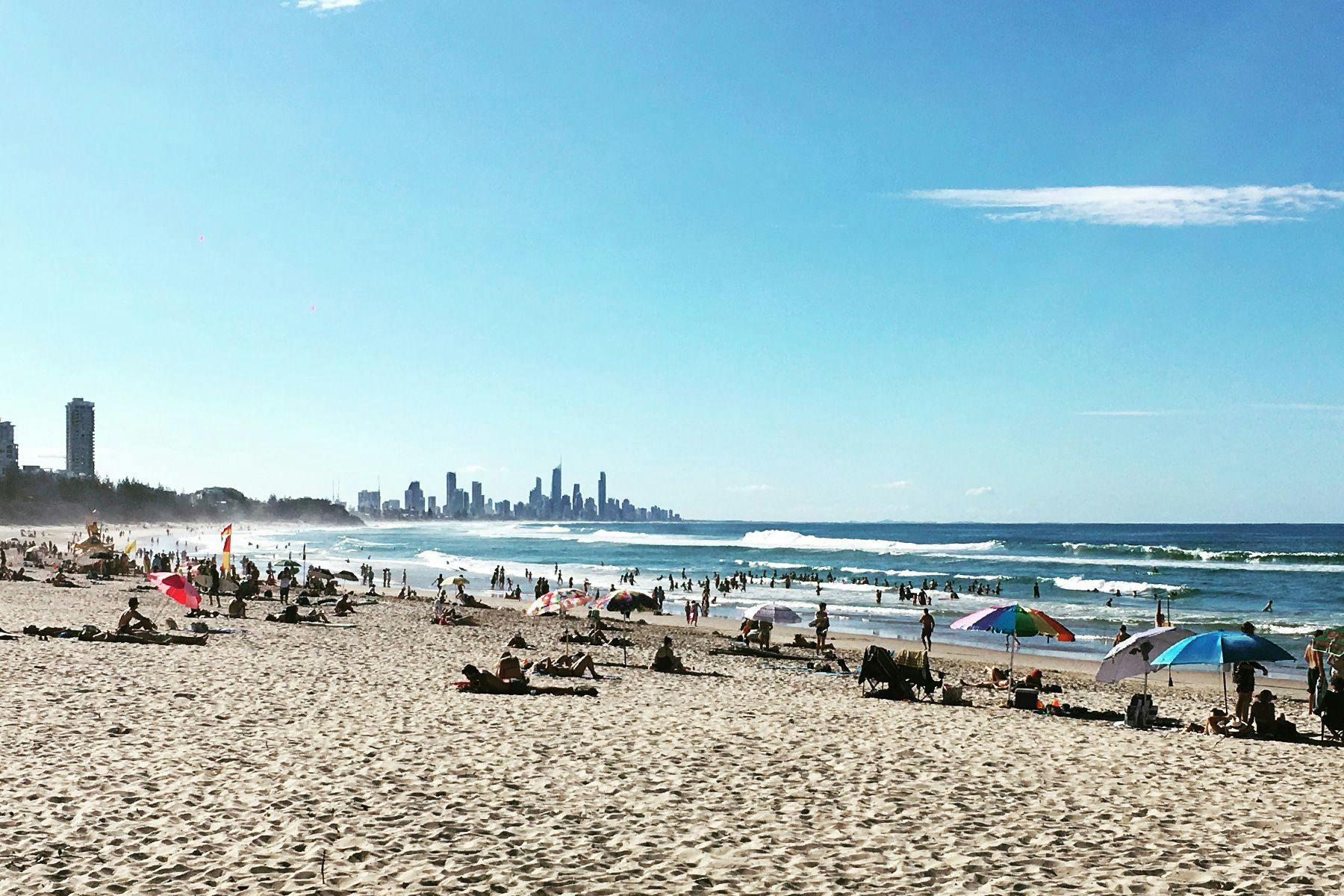
These relationships and dispositions towards the Ocean and the beach may feel “natural”, but they are instead socially and culturally defined. This has clearly been turbulent, for example, during the infamous “race riots” of December 2005 in Cronulla, when ethnic tensions exploded in the streets of the well-known beach south of Sydney.
Another example, strictly related to surfing, is when, in the 1970s, Australian surfers (several of them from the Gold Coast) began a sustained campaign on the international surf contest scene and “busted down the door”. The progression that these competitive young men sought wasn’t widely embraced however, particularly on the North Shore of Hawaii, where their attitudes and behaviour landed them in serious trouble for offending local surfers. The arguments and physical assaults that erupted between the young and radical Australian athletes and the local surfers in those years on the North Shore (and that caused Eddie Aikau himself to intervene: “you Aussies gotta learn to be humble” – as Douglas Booth himself reports) clearly originated from a radically different view of surfing, and the relationship between humans and the Ocean.
You also interviewed a lot of people. Was there a particular account and/or character that stood out in your opinion?
I had the pleasure to interview and talk to some local legends of surfing and surfing culture, such as surfboard shaper Dick Van Straalen, “Long John”, a legendary protagonist of the Australian East-coast surfing scene of the late 1960s and 1970s, Fran Miller, who is one of the most influential surf photographers in the world, and Tim Baker, who is among the more representative of Australian surf writers. As frequently happens in ethnography, all of them, and many others, have a special space in my memory. I also met a lot of good friends on the Gold Coast, and I am still in contact with many of them. However, probably the more touching and revealing interview, both from a professional and emotional point of view, was the one (two, actually) I did with Wayne Deane, a dominant local surf talent that had ruled Kirra until he sadly passed away at the age of 66, only a few months after I went back to Italy. Wayne was an extremely competitive surfer in the lineup (a true “Goldcoaster”, an “Australian surfing’s spirit animal”, as Tracks Magazine defined him), but also a gentle, peaceful and extremely friendly person out of the water. He made me feel at home on his house’s balcony where he told me about his life and passion for surfing, and he really helped me with my research. At the time of the first interview, I had just arrived in Australia and I didn’t have a car yet, so after the interview he gave me a ride back home. I’ll always keep a good memory of these episodes.
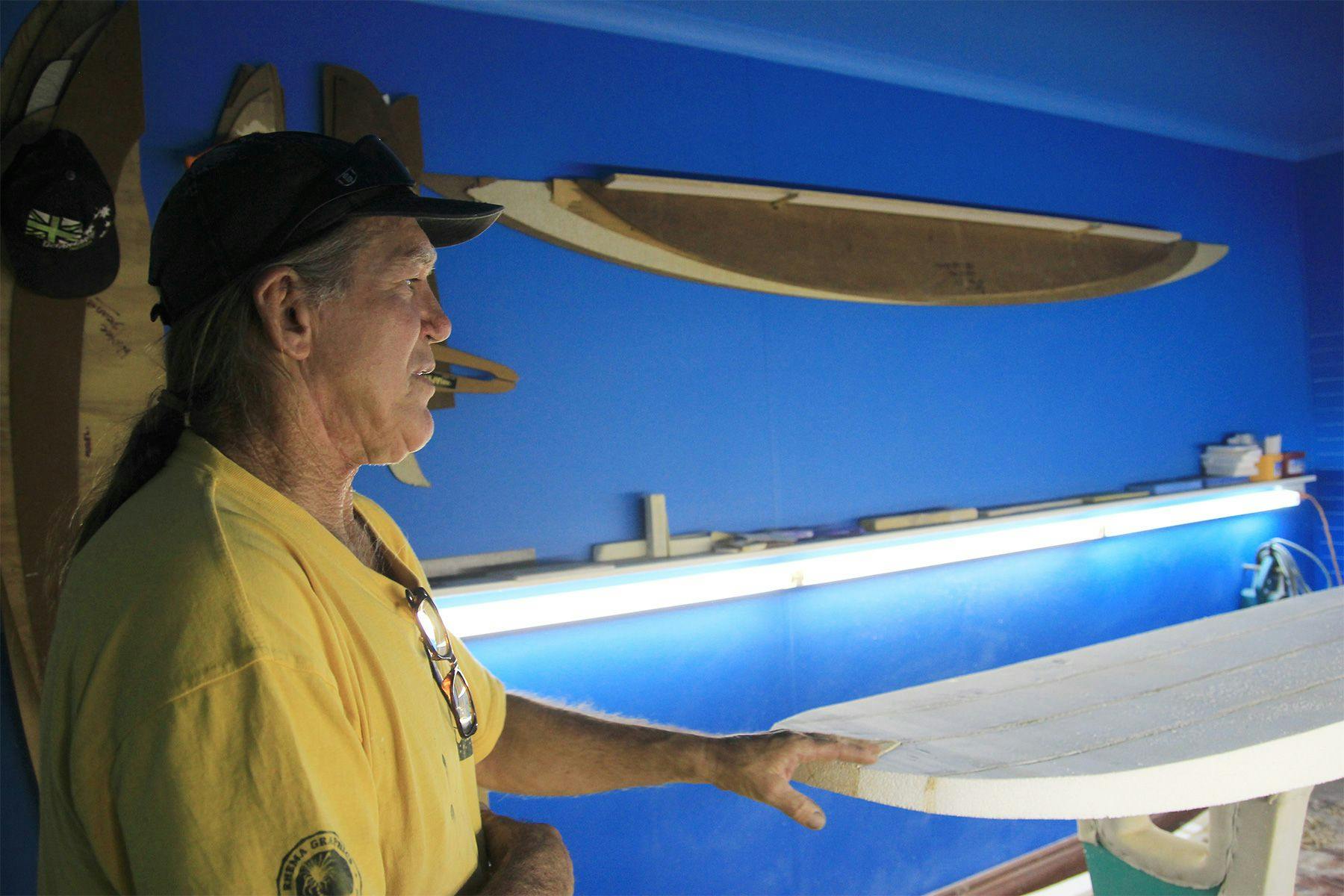
Your paper also describes how the high percentage of surfers living on the Gold Coast (between 12% to 20% of the resident population) has stimulated both economic activity and political actions through the development of ‘surf policies’, such as the City Council Surf Management Plan, which, in turn, have influenced the urban and social aspect of the city.
As I mentioned, surfing and surfers have become influential social, economic and political entities on the Gold Coast. The Surf Management Plan of the local City Council is a promising instrument to involve the local surfers, surf institutions, surf shops and companies and other social actors in the policies concerning coastal management. Some oceanographers (and surfers) from the local universities actively promoted and sustained the project from its foundation, and describe it as a unique opportunity for the local (surfing) community. Other surfers and members of international surfing environmental organisations I talked to were more skeptical about the effectiveness of the Plan. They see it as a relatively useless committee, while the actual political decisions on coastal management are taken elsewhere. From my point of view and from the ethnographic data I collected, it is hard to state the concrete influence of the Surf Management Plan on the local policies and politics. Certainly, as I said, it is a promising instrument that has contributed to recognize the local surfers, surfing associations, surfing industry and other surfing actors as social, economic and “political” entities.
In the global context, is there something other surf destinations could learn from the Gold Coast?
This is a very complicated question. It might seem elusive, but it depends on the context (actually, in cultural anthropology everything depends on the context!). Every surf destination has its own history and surfing has not the same social and cultural value everywhere. A successful model cannot be exported everywhere, and what works in one context will not necessarily works in the others – as the examples of the Cronulla riots and the “bustin-down-the-door” Aussies show. The environmental, geographical, social and cultural variables are numerous, and their local configurations make every surfing venue different. That’s why it is so difficult, from an anthropological perspective, to reply to this question. Probably an oceanographer, from their perspective, can say something more definite and less relative on that.
Coming from Italy (certainly not one of the main surf destinations in the world), I was astonished by the deep respect Australians show toward the beach (the above-mentioned Australian Beach Cultures). Especially, what impressed me more was that the beach is considered as a common (and absolutely precious, “sacred”) ground, something that belongs to the community and needs to be safeguarded and protected from private interests. In Italy, on the contrary, a large proportion of the beaches have been completely exploited by the tourist industry. In some cases, you can’t even access the beach without paying the owners that manage it.
However, also on the Gold Coast, as I mentioned, surfing has been extensively exploited by the market. It has become a true brand promoting the region. This commodification of surfing and the local waves and beaches is a twofold expedient, especially for emerging surfing destinations. It can certainly contribute to attract visitors and produce wealth, but, as many surfers know, it can also result in unplanned urbanization (and the Gold Coast is a paradigmatic example), coastal exploitation, threat for the local cultures and communities, and marine pollution.
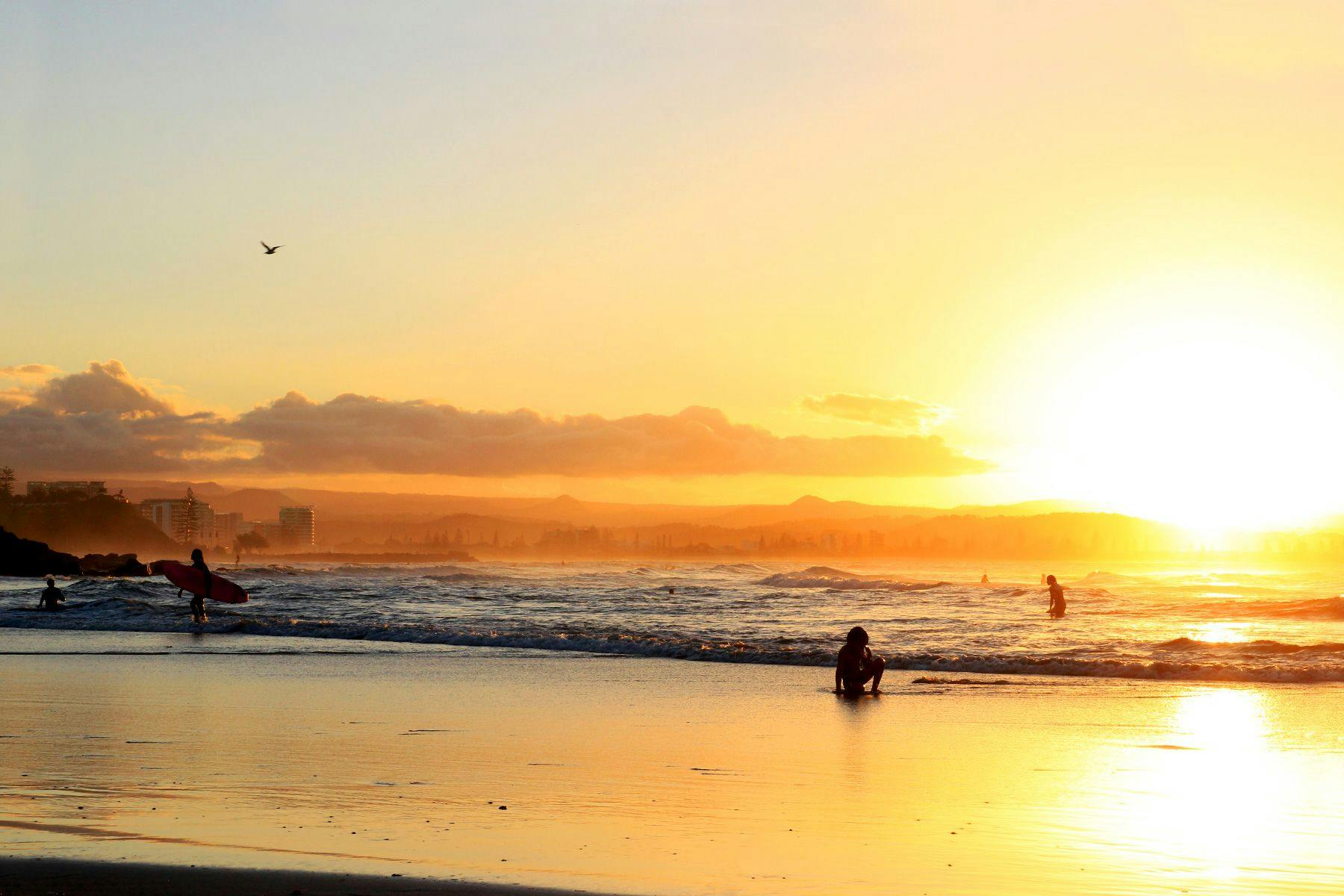
Along these lines, what role would you say the inclusion of the Gold Coast as a World Surfing Reserve can play on the future of the local surfing culture?
As I said for the City Council Surf Management Plan, the World Surfing Reserve list is also an instrument that can be used by the local surfing communities. It is hard to foresee whether or not it will be productively and virtuously used in the future (as history, anthropology analyzes how things are or have been, and cannot predict what it will happen). For sure, it gives local surfing communities an international network for exchanging ideas and strategies of intervention, and offers them institutional recognition for expressing their concerns on coastal management, surfing and tourism development, urbanization and so on. However setting universal criteria for “proactively identifying, designating and preserving outstanding waves, surf zones and surrounding environments around the world” – that is the goal of the Save the Waves’ project – can be dangerous if we do not carefully consider the specific characters of each local area to be preserved, and the particular, complex (sometimes conflicting) social and cultural aspects that characterize it.
You also point out that one of the challenges/contradictions when determining a ‘cultural heritage’ has to do with the need to identify “who can define, possess, and act on behalf of this heritage,” and that both on the Gold Coast and across Australia this mainly refers to “white, masculine, young, and fit men.”
This is a delicate topic. I’ll try to be concise. As I said, cultural heritage is something that is charged to represent the history and culture of a given community. As such, it can represent the community itself, its cultural “identity”. But of course, cultural heritage is the result of a selection, based on specific (and arbitrary) criteria, that establish what is considered as more representative for the history of a certain community: not every object or practice can be considered as part of the cultural heritage. The selection is actually doubled, because we do not only select and identify the most “representative” objects to that community (the heritage), but also who can be considered as part of this community (the heirs of this heritage). As a consequence, the people (or institutions) that establish the criteria of selection have the twin powers to define the characters that identify the community, and consequently who can or cannot be considered as part of the community.
As you know, even if today more and more people of varying ethnic backgrounds and identities do surf (and even if the World Surf League has been one of the first international federations of professional athletes to offer equal prize money to both men and women in 2019), surfing still remains a mainly male (and white) activity, especially considering the representations offered by the media and surfing industry. Surfing “heroes” are prevalently male, and the prototype of the good surfer is a man: when I was in Australia, many people used to describe Stephanie Gilmore as a great surfer because “she surfs like a man!”. This happens to many other sports and physical practices, not only in Australia. However, in Australia surfing has also become an epitome of the national character and identity, and surfers have gradually substituted, in the national “symbolic”, the characters of the “bushmen” and then the surf lifesavers. As Colleen McGloin has explained:
“Mainstream surfing in Australia is a discursive cultural practice, institutionally sanctioned as integral to national identity. Surfing represents the nation through a mode of white heterosexual orientation that is encoded into its practices and its texts. Surfing represents an historical transformation in the national psyche from the bush, inaugurated by the nation’s literary canon, to the beach, which has become the modern site of the nation’s identity” (McGloin 2006, p. 93).
The author would like to thank Dr Nardini for sharing his observations with us. Any matter revolving culture and identity is often deeply multifaceted, highly controversial, prone to generalisation, and ultimately un-graspable.
Dr Nardini’s research shines a light on some of the dualities within Aussie surf culture – some of which are proverbial but others more intricate – and how that reflects to other surf places across the world. His comments should be taken for what they are, however: observations, as opposed to opinions. In sharing these observations the reader is encouraged to reflect upon surf culture in general and the corner of it that they perhaps associate with.